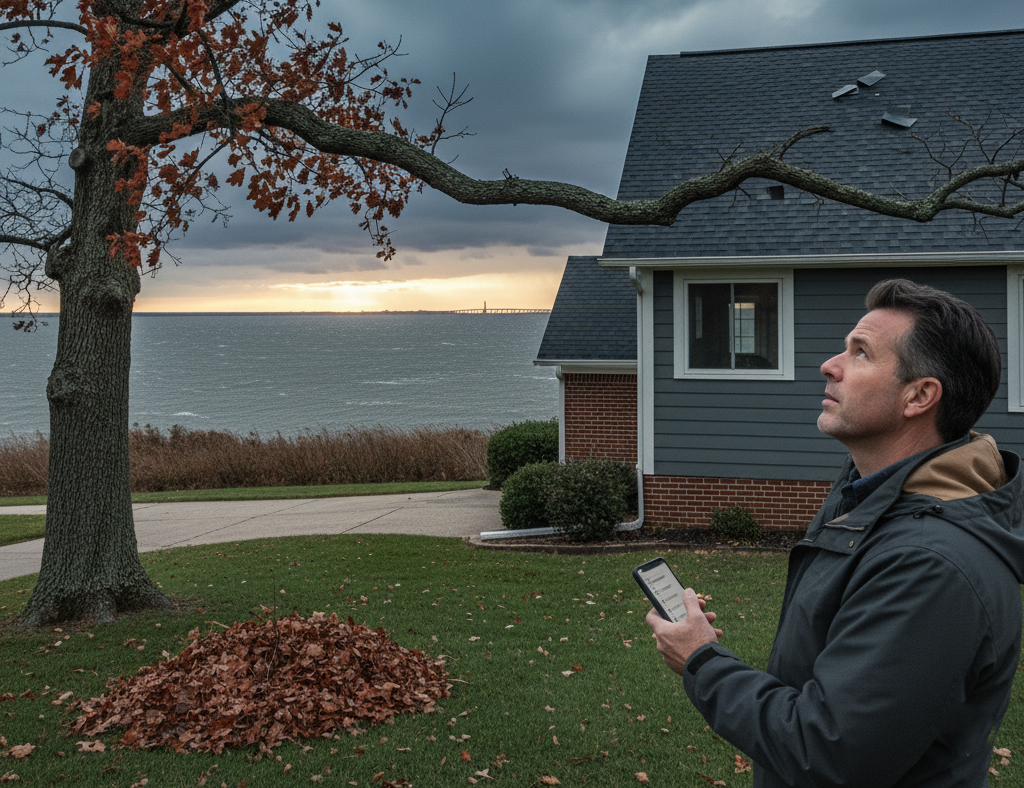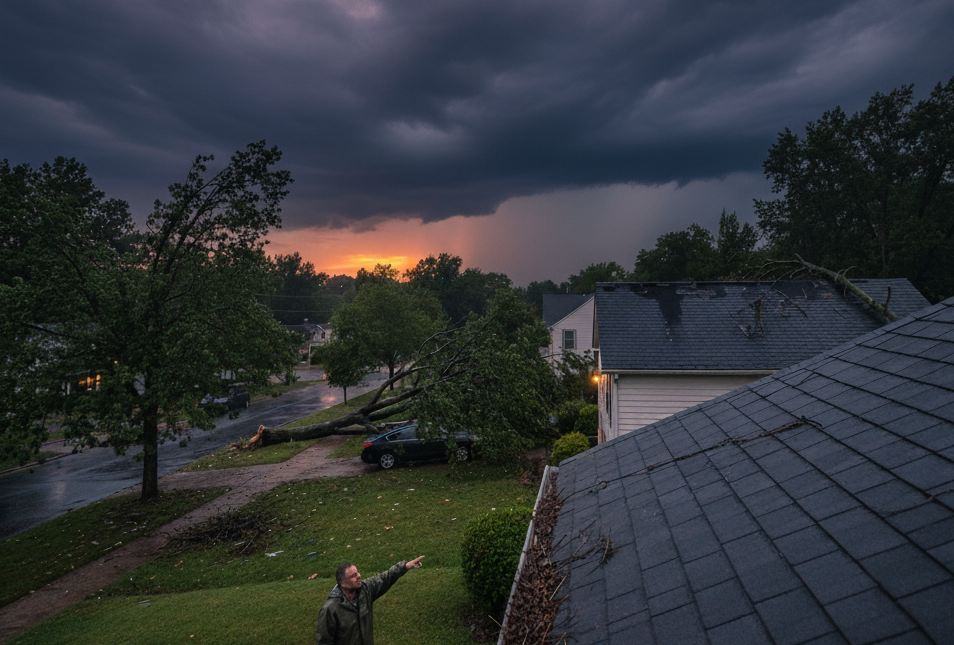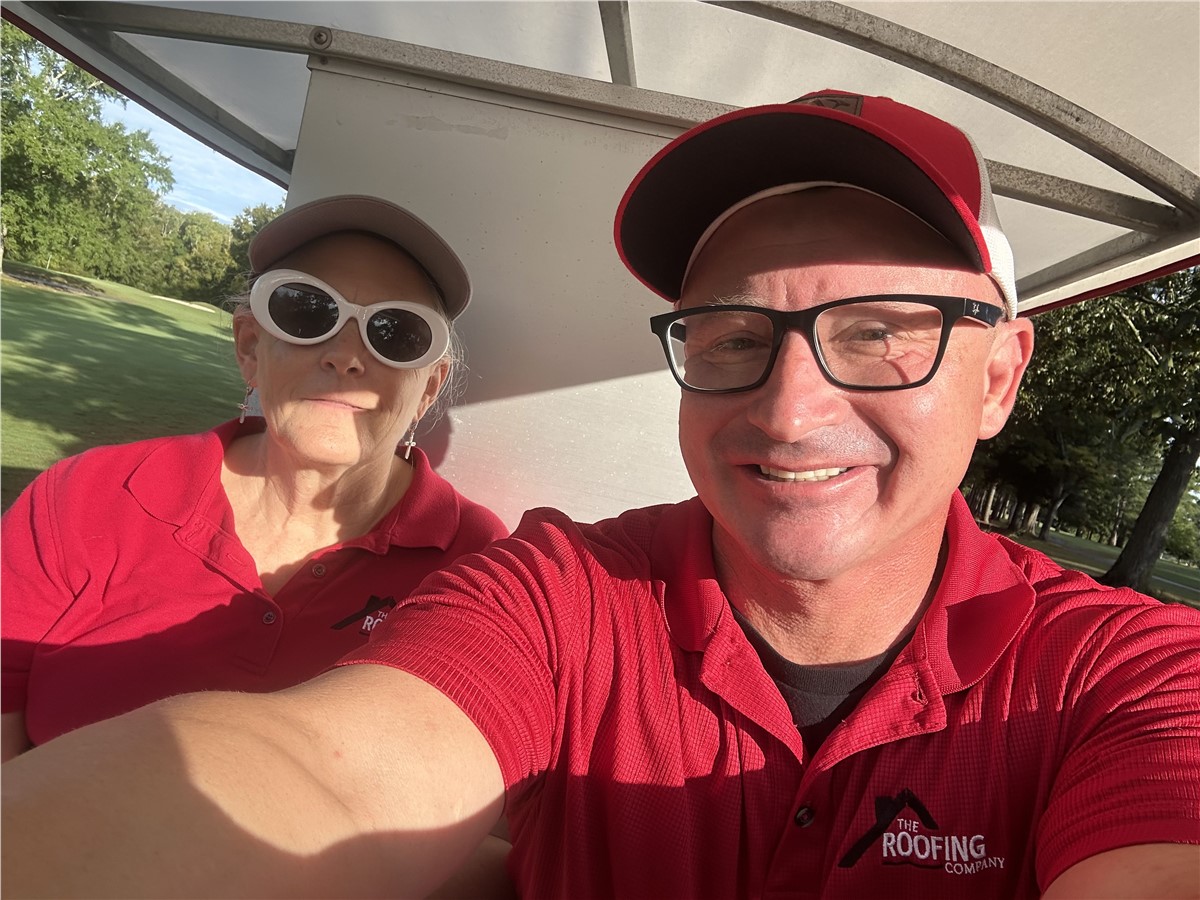
In the Hampton Roads area, November marks the critical transition from hurricane season to the season of strong Nor’easters and rapid temperature swings. Protecting your roof is less about shoveling snow and more about safeguarding against wind damage, heavy rain, and the subtle stress caused by temperature fluctuations.
A healthy roof protects your largest investment. Here are three safe, actionable steps you can take today to ensure your roof is ready for the coming months.
1. Perform a Visual Check for Wind Vulnerabilities
Our biggest local threat is wind. Gusts can stress and lift roof components that were already weakened by summer heat. The goal is to spot potential issues from the safety of your yard or driveway.
Look for Missing or Lifted Shingles: Use binoculars to scan your roof, especially the ridge and the edges. A shingle that is curled, cracked, or missing will be the first to fly off in a strong wind, leaving your underlayment exposed.
Check the Granules: Look in your gutters or at the base of your downspouts. A heavy buildup of shingle granules (the small, rough bits) means your shingles are nearing the end of their protective life and are far more vulnerable to weathering and high winds.
Inspect the Flashing: Flashing is the metal or sealing material around vents, pipes, and chimneys. Look for any visible gaps, cracks, or signs of rust. If the flashing is compromised, it’s a direct path for rainwater to enter your home.
2. Check Your Drainage from the Ground
While we don't handle gutter cleaning, ensuring water can flow freely is vital for preventing structural damage. With heavy leaf drop in late fall, clogged gutters can cause water to back up and rot the wood fascia and eaves—the structure your roof depends on.
Watch the Water Flow: During the next heavy rain, stand a safe distance away and watch your gutters and downspouts. Is the water flowing freely out of the downspout, or is it pouring over the sides? Overflow indicates a serious blockage that needs to be addressed immediately by a qualified handyman or gutter service.
Trim Overhanging Branches: If you have large trees near your home, have a professional arborist trim any heavy or dead branches that hang over your roof. A branch covered in ice or saturated by a Nor'easter can easily break off and puncture your roof deck.
3. Inspect Your Attic for Hidden Warning Signs
The attic is the only place you can see the underside of your roof deck. Checking it can reveal minor issues before they become major leaks.
Look for Light: On a sunny day, go into your attic and turn off the lights. Look up at the underside of your roof decking. Do you see any pinpoints of daylight? Even small holes can allow wind-driven rain to enter.
Search for Moisture: Scan the rafters and insulation for dark spots, water stains, or mildew. These are clear signs of an active or chronic leak. If you find wet insulation, safely remove it, as damp insulation can damage wood and is a breeding ground for mold.
Check the Vents: Ensure that insulation is not blocking any of the vents on the underside of the roof deck. Proper attic ventilation helps keep the roof deck cool, which is essential for preserving the lifespan of your shingles and preventing moisture buildup.
When to Call The Professional Roofers
If your safe, at-home inspection revealed any of the following problems, it is time to call a licensed, local professional like The Roofing Company, Inc. to ensure the issue is resolved permanently and safely:
Widespread Shingle Damage: More than a few missing or cracked shingles.
Active Leaks or Water Stains: Any visible water damage in the attic or ceilings.
Compromised Flashing: Cracked, detached, or heavily rusted metal/seals.
A Roof Nearing 20 Years Old: If you haven't had a major inspection in a while.
As the Hampton Roads area's premier roofing contractor with over 25 years of experience, we specialize in high-quality Roof Inspections, Major Repairs, and Full Replacement Systems. We know exactly how to secure a roof against the specific wind and rain threats of coastal Virginia.
Don't leave the integrity of your roof to chance this winter. Contact us today at (757) 867-6600 for a comprehensive, free roof assessment and project estimate.
Subscribe to The Roofing Company's Blog








Comments